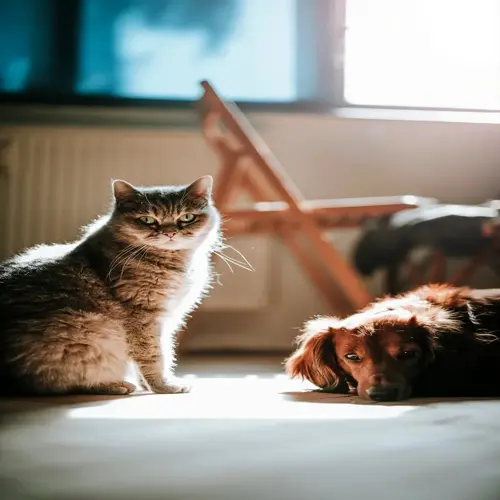Are covered litter boxes better?

Written by
Wang Jiahao
Reviewed by
Prof. Edward Clarke, Ph.D.Deciding whether to use covered or open litter boxes calls for an examination of feline preferences and practical considerations. Covered litter boxes seem to have the advantages of odor control at the outset. Still, they may also create avoidance problems in the cats. The majority of cats prefer the more accessible and less restraining open design while eliminating.
Ventilation Requirements
- Install vents on multiple sides for airflow
- Avoid completely enclosed designs
- Use odor-absorbing filters in ceiling panels
Behavioral Red Flags
- Watch for hesitation before entering
- Note rapid exits after elimination
- Check for accidents near box exits
Alternative Solutions
- Use high-sided open boxes for privacy
- Place boxes in partitioned areas
- Add decorative room dividers nearby
Covered boxes trap fumes from ammonia creating concentrated smells in the interior. Cats smell this clearly, causing aversion. An open design with regular cleaning will provide better long-term odor control by daily scooping and weekly cleaning without creating confined areas in the air quality.
Assess your cat's kind and size. If they are shy or large, they take stress in covered boxes. Kittens and elderly cats find open constructions easy. Watch your cat for two weeks before you decide on any box type.
Read the full article: Ultimate Guide to Litter Box Training Success

